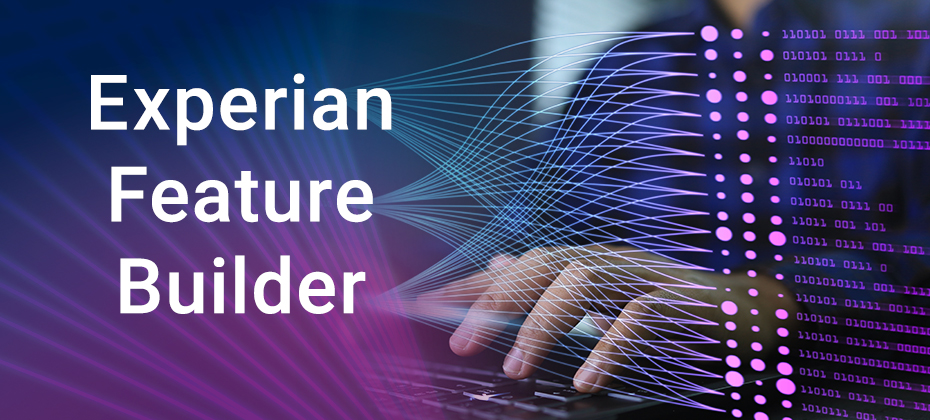Expert offers insights into turnkey big data access
The data is out there – and there is a lot of it. In the world of credit, there are more than 220 million credit-active consumers. Bolt on insights from the alternative financial services space and that number climbs even higher. So, what can analysts do with this information? With technology and the rise of data scientists, there are certainly opportunities to dig in and explore.
To learn more, we chatted with Chris Fricks, data and product expert, responsible for Experian’s Analytical Sandbox™.
1. With the launch of Experian’s all-new Ascend platform, one of the key benefits is full-file access to our Sandbox environment. What exactly can clients access and are there specific tools they need to dig into the data?
Clients will have access to monthly snapshots of 12-plus years of the full suite of Experian scores, attributes, and raw credit data covering the full national consumer base. Along with the data access, clients can interact and manipulate the data with the analytic tools they prefer. For example, a client can log into the environment through a standard Citrix portal and land on a Windows desktop. From there, they can access applications like SAS, R, Python, or Tableau to interrogate the data assets and derive the necessary value.
2. How are clients benefiting from this access? What are the top use cases you are seeing?
Clients are now able to speed analytic findings to market and iterate through the analytics lifecycle much faster. We are seeing clients are engaging in new model development, reject inferencing, and industry/peer benchmarking. One of the more advanced use cases is related to machine learning – think of artificial intelligence for data analytics. In this instance, we have tools like H2O, a robust source of data for users to draw on, and a platform that is optimized to bring it all together in a cohesive, easy-to-use manner.
3. Our Experian database has details on 220 million credit-active consumers. Is this data anonymized, and how are we ensuring sensitive details are secure?
We use the data from our credit database, but we’ve assigned unique consumer-level and trade-level encrypted pins to ensure security. Once the encrypted PINs are assigned, they remain the same over time. Then all PII is scrubbed and everything is rendered de-identifiable from an individual consumer and lender perspective. Our pinning technique allows users to accurately track individual trades and consumers through time, but also prevents any match back to individual consumers and lenders.
4. I imagine having access to so much data could be overwhelming for clients. Is more necessarily better?
You’re right. Access to our full credit file can be a lot to handle. While general users will not “actively” use the full file daily, statisticians and data scientists will see an advantage to having access to the larger universe. For example, if a statistician only has access to 10% of the Sandbox and wants to look at a specific region of the country, they may find their self in a situation with limited data that it is no longer statistically significant. By accessing the full file, they can sample down based on the full population from the region they are concerned with analyzing.
5. Who are the best-suited individuals to dig into the Sandbox environment and assess trends and findings?
The environment is designed to serve the front-line analysts responsible for coding and analytics that gets reported out to various levels of leadership. It also enables the socialization of those findings with leadership, helping them to interact and give feedback on what they are seeing.
Learn more about Experian’s Analytical Sandbox and request a demo.



